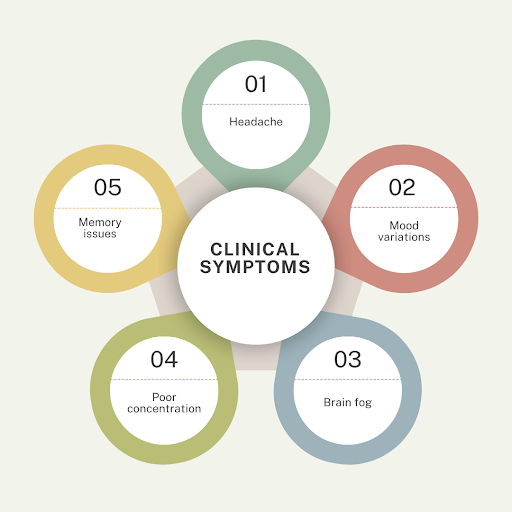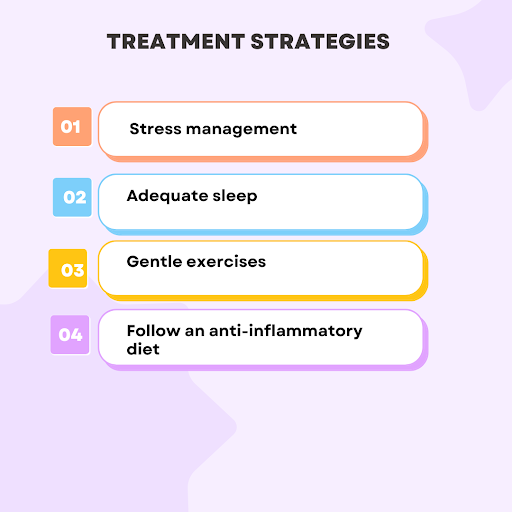
Have you heard of a growth factor that indicates the presence of tick-borne infections? High levels of TGF-beta 1 indicate dysfunction of the immune system. The presence of the signaling molecule can reveal the body’s internal battle. Transforming Growth Factor Beta 1 is a cytokine that plays a major role in regulating cell differentiation and immune response. It can help to maintain the balance of the immune system and prevent the autoimmune response.
In this blog, we will discuss the role of TGF Beta-1 in Lyme disease.
What is TGF Beta 1?
TGF Beta 1 is a cytokine that performs various roles, such as tumor suppressor and tumor promoter, during the progression of cancer. The level of this growth factor rises during fibrosis and inflammation. The various functions of TGF Beta-1 includes,
- Cellular proliferation
- Cellular differentiation
- Apoptosis
- Cellular movement
- Prevents the growth of tumor
- Healing of wounds
- AngiogenesisBuild-up of muscle tissues and body fat
TGF-beta 1 can cause the stimulation of macrophages and monocytes, which causes the secretion of pro-angiogenic cytokines.
What is the role of TGF Beta 1 in Lyme disease?
Transforming Growth Factor Beta 1 (TGF-beta 1) is a poorly understood factor that has multiple effects on the development of chronic manifestations of Lyme disease. Being a cytokine, which mediates immune processes, TGF Beta 1 plays a major role in balancing the immune activities in the body, tissue repair, and regulation of immune response.
The bacteria that causes Lyme disease may activate the immune system in a prolonged fashion. To reduce the inflammation, the body acts by increasing the production of TGF- beta 1. This cytokine can inhibit normal immune response which enables the pathogen to survive. It may also cause fibrosis (tissue scarring) and impair the functioning of mitochondria.
TGF Beta 1 crosses the blood brain barrier and results in neurological symptoms. The clinical symptoms become worse when the protective barrier breaks.
What are the clinical symptoms associated with increased TGF Beta 1 in Lyme patients?
Increased levels of TGF-Beta 1 is observed in patients with chronic Lyme disease. Cellular energy production will be impaired when TGF-Beta 1 interferes with the functioning of mitochondria. Clinical symptoms, such as headache, mood variations, brain fog, poor concentration, and memory issues can occur.
When there is dysfunction of the immune system, tingling sensation or numbness can occur.
Certain symptoms, such as palpitations, joint pain, stiffness, dizziness, trouble in breathing, etc, can also occur. Fibrosis can also occur in response to increased levels of TGF-beta 1.

Why is TGF Beta 1 considered important in the context of chronic Lyme disease?
Transforming Growth Factor Beta 1 (TGF-Beta 1) is a cytokine that helps to regulate immune reactions, damaged tissue repair and inflammation. In chronic Lyme disease, increased levels of TGF-Beta 1 are considered a marker of immune system dysfunction and persistent inflammation.
Upon exposure of the body to the bacteria which causes Lyme disease, the immune system undertakes an inflammatory response in order to limit the infection. However, in certain people, this reaction starts to get out of control. TGF-Beta 1 is secreted to inhibit the overactive reaction or inflammation.
Abnormally elevated TGF-Beta 1 in the body can inhibit the normal immune functioning, leaving the pathogen to live and avoid detection. Meanwhile, it can also trigger fibrosis or scarring of tissue and can involve organs, joints and even blood vessels. Moreover, the TGF-Beta 1 disrupts the mitochondrial activity and lowers the level of cellular energy production.
Due to its extensive influences on various systems, TGF-Beta 1 is regarded as a potential target of therapy and a biomarker in the management of chronic Lyme disease.
Are there any treatments that can help normalize elevated TGF-Beta 1 levels in Lyme patients?
The initial treatment includes antibiotics/herbal treatment modalities. These treatment strategies reduce the microbial load and calm the response of the immune system. Other treatment strategies, include
- Reduction of stress levels
- Adequate sleep
- Gentle exercises
- Following an anti-inflammatory diet

Conclusion:
Elevated levels of TGF-Beta 1 can lead to chronic symptoms, if left untreated. TGF-Beta 1 can lead to mitochondrial damage, neurological signs, and fibrosis. Antimicrobial agents, immune modulation, and lifestyle modifications play an important role in managing the clinical symptoms of Lyme disease.
References:
- Devan AR, Pavithran K, Nair B, Murali M, Nath LR. Deciphering the role of transforming growth factor‑beta 1 as a diagnostic‑prognostic‑therapeutic candidate against hepatocellular carcinoma. World J Gastroenterol. 2022 Sep 28;28(36):5250–5264. doi:10.3748/wjg.v28.i36.5250. PMID: 36185626; PMCID: PMC9521521. Available from: https://www.ncbi.nlm.nih.gov/pmc/articles/PMC9521521/ [cited 2025 Jul 14].
- MedlinePlus Genetics. TGFB1 gene. Bethesda (MD): National Library of Medicine (US); [updated 2024 Jun; cited 2025 Jul 14]. Available from: https://medlineplus.gov/genetics/gene/tgfb1/
- Restorative Health Solutions. Lyme Disease Inflammation [Internet]. Edina (MN): Restorative Health Solutions; 2020 Aug 8 [cited 2025 Jul 14]. Available from: https://restorativehealthsolutions.com/blog/functional-medicine/lyme-disease-inflammation/







